Go the extra mile
Towards a cooler planet
The global plastic pollution crisis presents significant challenges and impacts, requiring innovative solutions.
1 December 2022
Plastic pollution has become one of the most pressing issues of our time, affecting ecosystems, wildlife, and human health in profound ways. This crisis has intensified over the past few decades, largely due to the widespread use of single-use plastics and inadequate waste management systems around the globe.
Recent studies confirm that approximately 8 million tonnes of plastic enter the oceans each year, with devastating consequences for marine life. The ramifications of plastic pollution extend beyond environmental degradation, posing significant social and economic challenges as well.
For instance, the United Nations Environment Programme estimates that the economic costs of marine plastic pollution are at least $8 billion per year. In this comprehensive article, we will explore the various facets of plastic pollution, including its causes, impacts, global responses, and potential solutions.
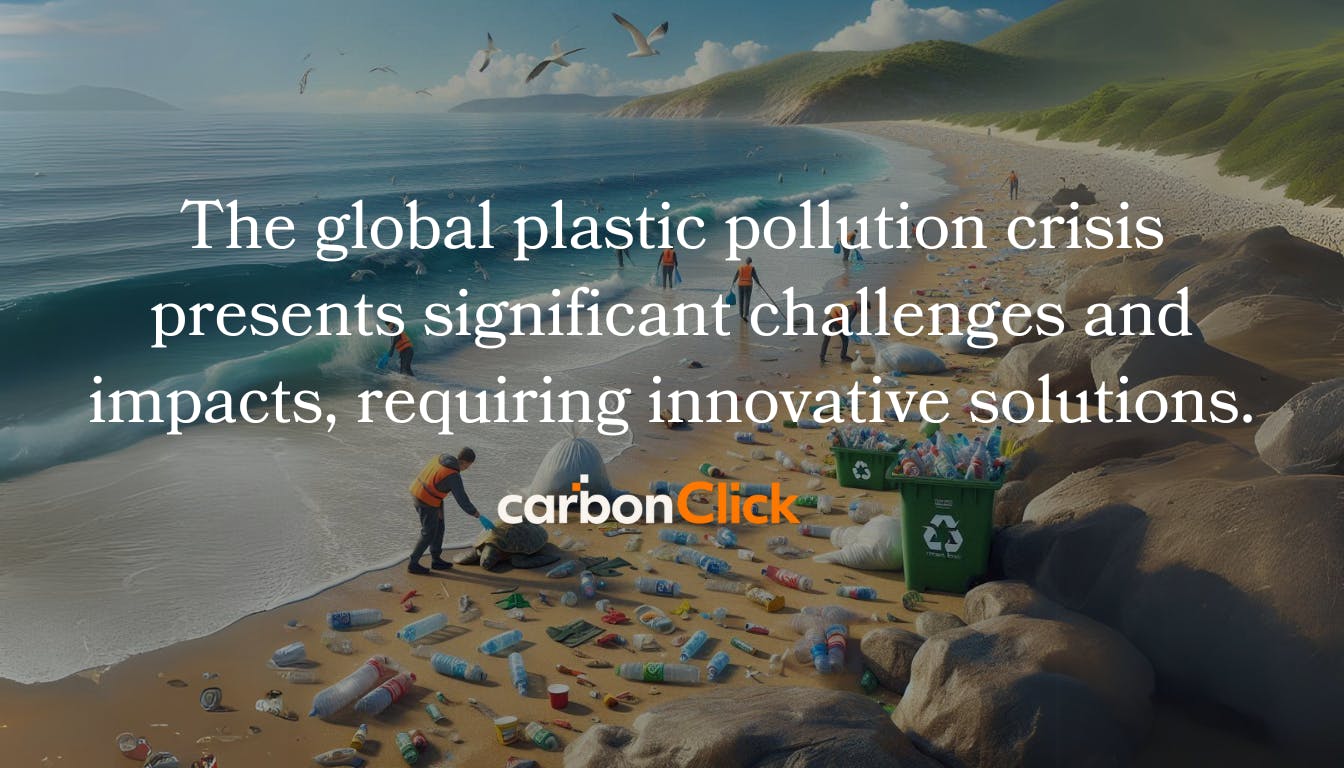
Understanding plastic pollution
Plastic, a synthetic material developed in the early 20th century, has revolutionised industries with its versatility and durability. However, this very durability poses a significant challenge, as plastics do not biodegrade easily. Instead, they break down into smaller particles known as microplastics, which can persist in the environment for hundreds of years. According to a 2021 study published in the journal Nature, an estimated 8.8 million tonnes of plastic enter the oceans each year, causing severe disruptions to marine ecosystems and wildlife.
The rise of plastic consumption can be traced back to the post-World War II era when it was marketed as a revolutionary material that could simplify life. Fast forward to today, and we find ourselves surrounded by plastic in our daily lives. From packaging to household items, plastics have become ubiquitous. The United Nations Environment Programme reports that single-use plastics, such as bags, straws, and bottles, account for approximately 50% of all plastic waste, leading the charge in pollution.
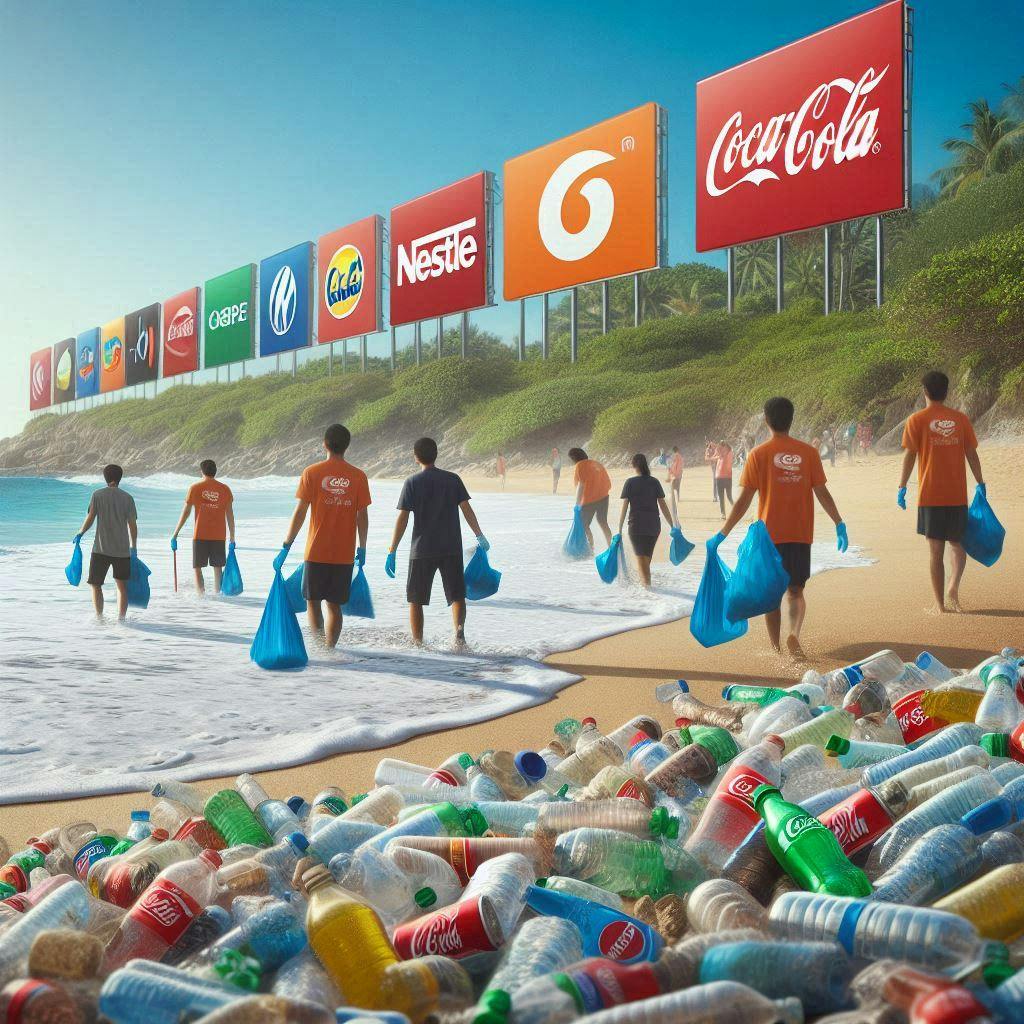
The scale of the problem
Plastics are pervasive in all corners of the globe, from urban centres to remote beaches. According to a 2022 report by the Organisation for Economic Co-operation and Development (OECD), approximately 367 million tonnes of plastic were produced worldwide in 2020. A significant portion of this production is single-use plastics, which are often discarded after a single use. In 2019, volunteers from the global initiative Break Free From Plastic collected over 59,000 plastic bags, 53,000 sachets, and 29,000 plastic bottles during clean-up activities across 51 countries. This initiative highlighted the overwhelming presence of plastic waste and the brands most responsible for it.
Notably, the most common offenders identified were major corporations like Coca-Cola, Nestlé, and PepsiCo. These companies have started to respond to the crisis by pledging to reduce plastic usage and increase recycling efforts. For instance, Coca-Cola's 2021 World Without Waste Report states that 25% of its products are now available in refillable or fountain packaging, while Nestlé aims for 100% of its packaging to be reusable or recyclable by 2025. However, these promises often fall short of addressing the root causes of plastic pollution, raising questions about the effectiveness of corporate strategies in truly addressing this crisis.
Environmental and ecological effects
The environmental toll of plastic pollution is staggering. Marine life is particularly affected, with countless species becoming entangled in plastic debris or ingesting microplastics. This can lead to health issues and often results in death. Research published in the journal Environmental Science & Technology in 2022 indicates that ingestion of microplastics can cause internal injuries, reproductive problems, and even death in marine organisms. Additionally, plastics release harmful chemicals into ecosystems, which can disrupt food chains and lead to significant biodiversity loss. A 2021 study in the journal Nature estimates that there are between 15 to 51 trillion microplastic particles in the world's oceans.
On land, plastics can degrade soil quality and harm terrestrial wildlife. As microplastics infiltrate soils, they affect the microbiome and alter nutrient cycles, compromising agricultural productivity. This not only impacts the availability of food but also threatens the livelihoods of farmers who rely on healthy soils. A 2020 study in the journal Environmental Science & Technology found that microplastics can reduce the growth and chlorophyll content of common crops.
The problem is further compounded by the fact that plastic pollution is often visible in the form of litter on beaches and in public spaces, affecting tourism and community aesthetics. This visible aspect can lead to economic repercussions as communities struggle to maintain clean environments that attract visitors. For instance, a 2019 report by Deloitte estimated that marine plastic pollution costs the tourism industry up to $13 billion annually.
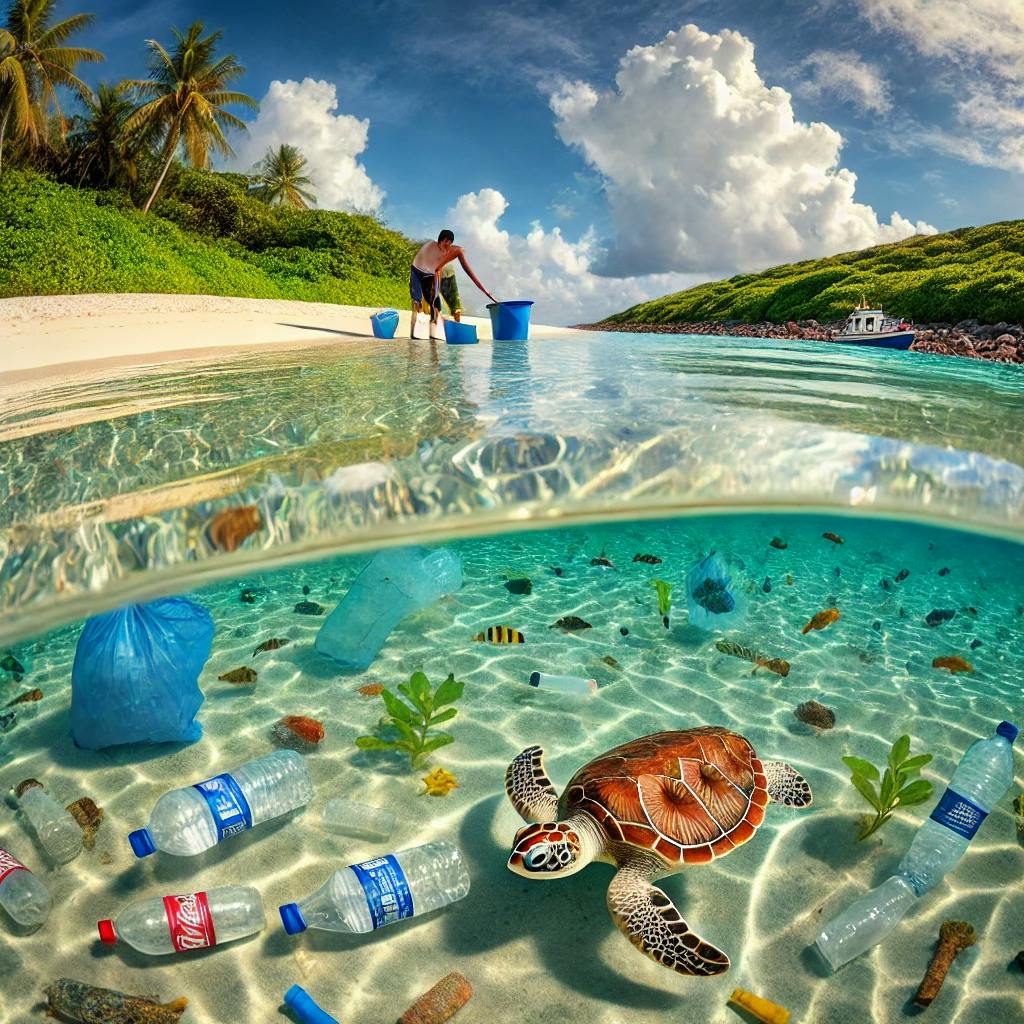
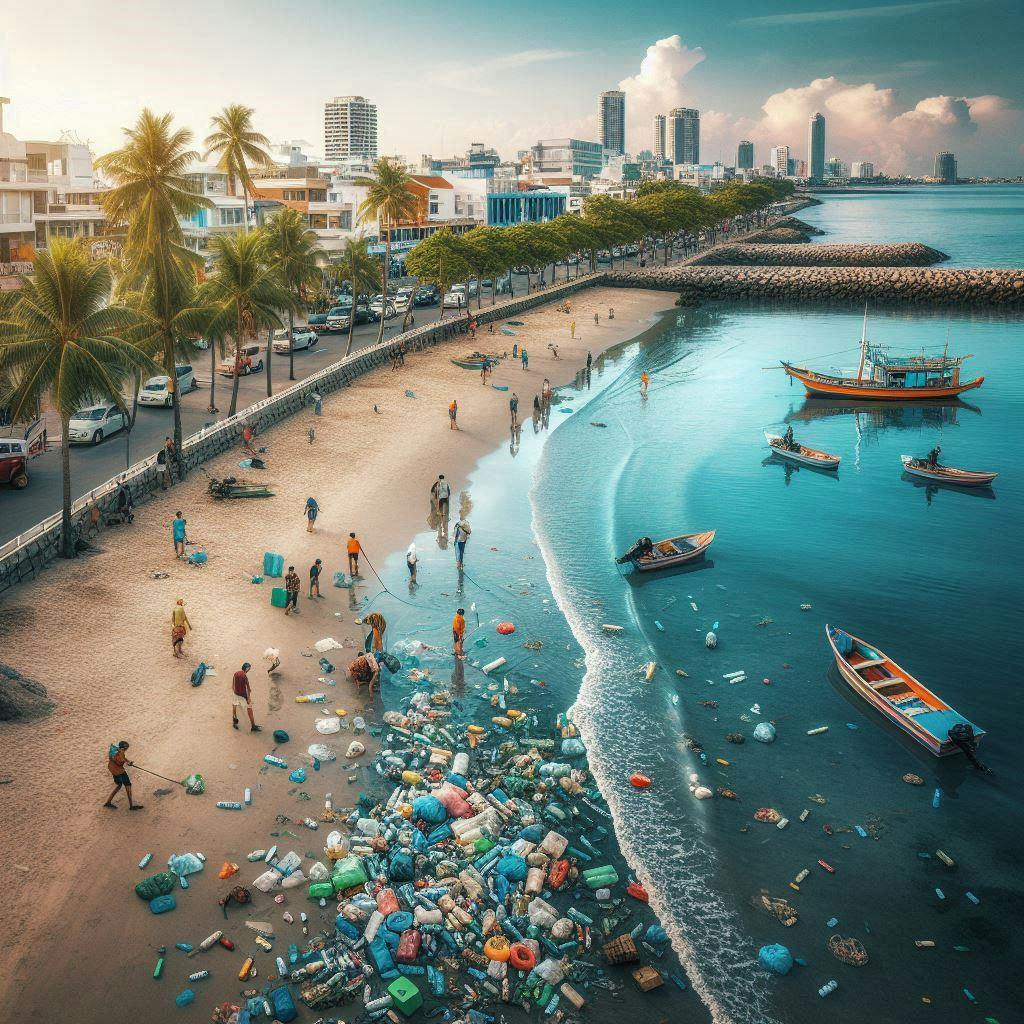
Social and economic implications
Plastic pollution intertwines with social issues, especially in developing countries where waste management systems may be underdeveloped. In many regions, plastic waste accumulation leads to blocked waterways, increased flooding, and health hazards. A 2021 study published in the journal Science of The Total Environment found that plastic waste in urban areas can increase flood risks by up to 40%. Communities may face higher levels of pollution-related illnesses, placing additional strain on local healthcare systems. As societal pressures mount, marginalised groups often bear the brunt of plastic pollution's adverse effects.
Economically, the costs associated with cleaning up plastic waste can be overwhelming. A 2019 report by the World Bank estimates that the global cost of solid waste management, including plastics, will reach $375 billion annually by 2025. Governments and municipalities allocate significant budgets for waste management and cleanup efforts, diverting funds from other critical areas such as education and infrastructure. Furthermore, the fishing and tourism industries are particularly vulnerable to plastic pollution, as contaminated waters can deter visitors and disrupt fisheries. The United Nations Environment Programme reports that marine plastic pollution costs the global economy up to $2.5 trillion annually, affecting sectors such as fisheries, aquaculture, and tourism.
Global initiatives and responses
Recognising the urgency of the plastic pollution crisis, various international initiatives have emerged to tackle the problem. One such initiative, the United Nations Environment Programme (UNEP), has been at the forefront of global efforts to raise awareness and implement policies to reduce plastic use. UNEP's 2021 report "From Pollution to Solution" confirms that approximately 80% of marine litter is plastic, highlighting the need for concerted action.
Several countries are implementing bans on single-use plastics, with varying degrees of success. For example, Kenya enacted stringent laws against plastic bags in 2017, resulting in a noticeable reduction in plastic waste. A 2019 study published in the Journal of Sustainable Production and Consumption found that the ban led to a 96% reduction in plastic bag use in Kenya. Similar policies are in motion in other regions, demonstrating that legislative action can lead to positive outcomes.
Moreover, educational programmes are crucial in shifting public perception and behaviour regarding plastic usage. By informing consumers about the impact of their choices, it becomes possible to reduce demand for single-use plastics. Initiatives promoting reusable alternatives, such as cloth bags and stainless-steel straws, are gaining traction in many communities. For instance, the UK government's 5p charge on single-use plastic bags, introduced in 2015, led to a 95% reduction in plastic bag sales in major supermarkets by 2020, according to official statistics.
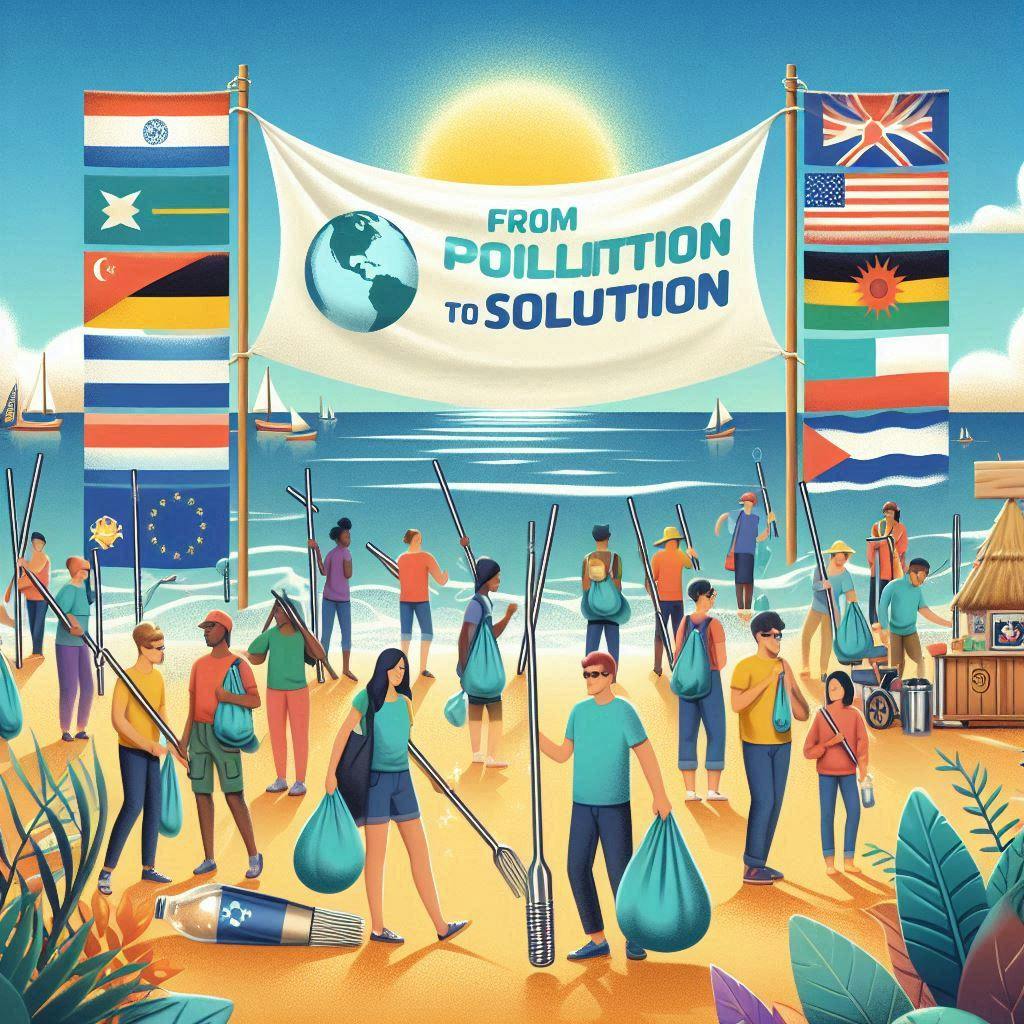

Innovations and solutions
Innovations in materials science offer promising solutions to the plastic crisis. Researchers are exploring biodegradable alternatives that can break down more quickly than traditional plastics. For instance, bioplastics made from plants could reduce reliance on petroleum-based plastics and lessen environmental impact. In addition to new materials, advancements in recycling technology present another avenue for addressing plastic waste. Enhanced recycling processes can transform used plastics into high-quality raw materials, reducing the need for virgin plastic production.
Moving towards a circular economy, where products are designed for reuse and recycling, can significantly decrease plastic pollution. Collaboration between businesses, governments, and communities is essential to create comprehensive strategies for tackling plastic waste. Engaging in partnerships can foster innovative approaches to waste management and encourage responsible production practices. Businesses can explore sustainable packaging solutions, while consumers can support brands committed to reducing plastic waste.
The path forward
The road to curbing plastic pollution is undeniably complex, but it is not insurmountable. As public awareness grows and collective action increases, there is hope for a future where plastic pollution is significantly reduced. Each individual's choices, from the products they purchase to how they dispose of waste, contribute to the broader effort against plastic pollution. To create a lasting impact, it is vital for individuals, communities, and corporations alike to prioritise sustainability and take proactive steps.
This can range from advocating for policy changes to engaging in local clean-up efforts. The role of grassroots movements cannot be overstated; the passion and commitment of individuals can drive societal change. Education remains a cornerstone in addressing plastic pollution. By instilling a sense of environmental stewardship in younger generations, we can foster a culture that prioritises sustainability and responsible consumption. Accessible resources and engaging educational programmes can empower communities to make informed choices and inspire action.
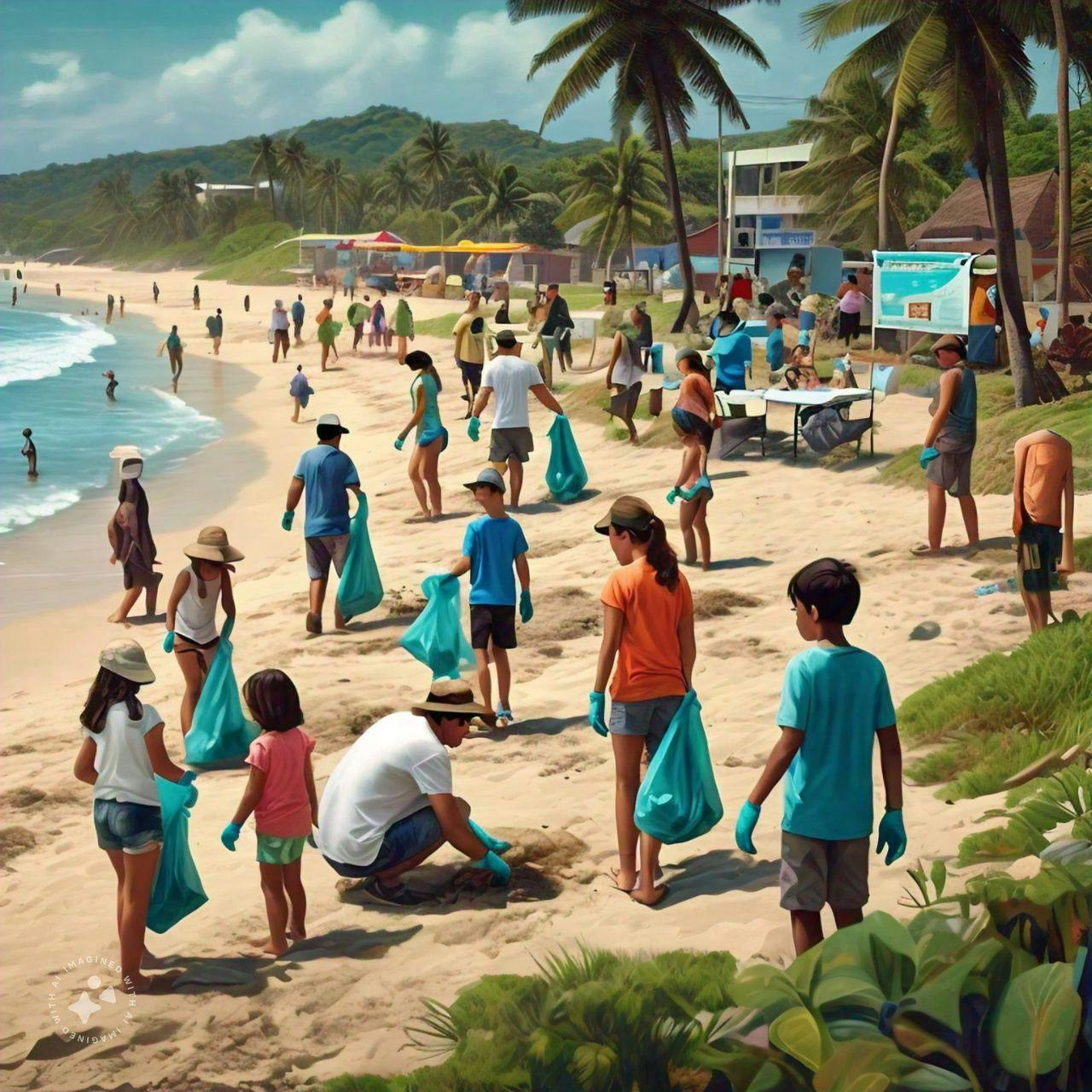
Conclusion
Plastic pollution represents a monumental challenge that requires a multifaceted response. From its environmental and social impacts to innovative solutions and global initiatives, the journey towards addressing plastic pollution is complex. Tackling this crisis demands commitment and collaboration across all levels of society. By working together, we can envision a future with reduced plastic waste, where ecosystems thrive and communities flourish.
As we navigate this pressing issue, awareness and action will be our greatest allies in striving for a cleaner, healthier world for all. For further information on the plastic pollution crisis, resources such as the UNEP report and various studies conducted on microplastics and their effects can provide deeper insights. In summary, while plastic pollution is an overwhelming problem, through collective efforts, innovative thinking, and sustained commitment, we can turn the tide and foster a cleaner, sustainable future for generations to come.
17 South Street
Auckland 1010
New Zealand
info@carbonclick.com- -
- X
Sign up. Be inspired. Get clicking.
Subscribe now to stay up to date with CarbonClick, carbon offsetting and climate action.
By signing up you agree to our Privacy Policy.


